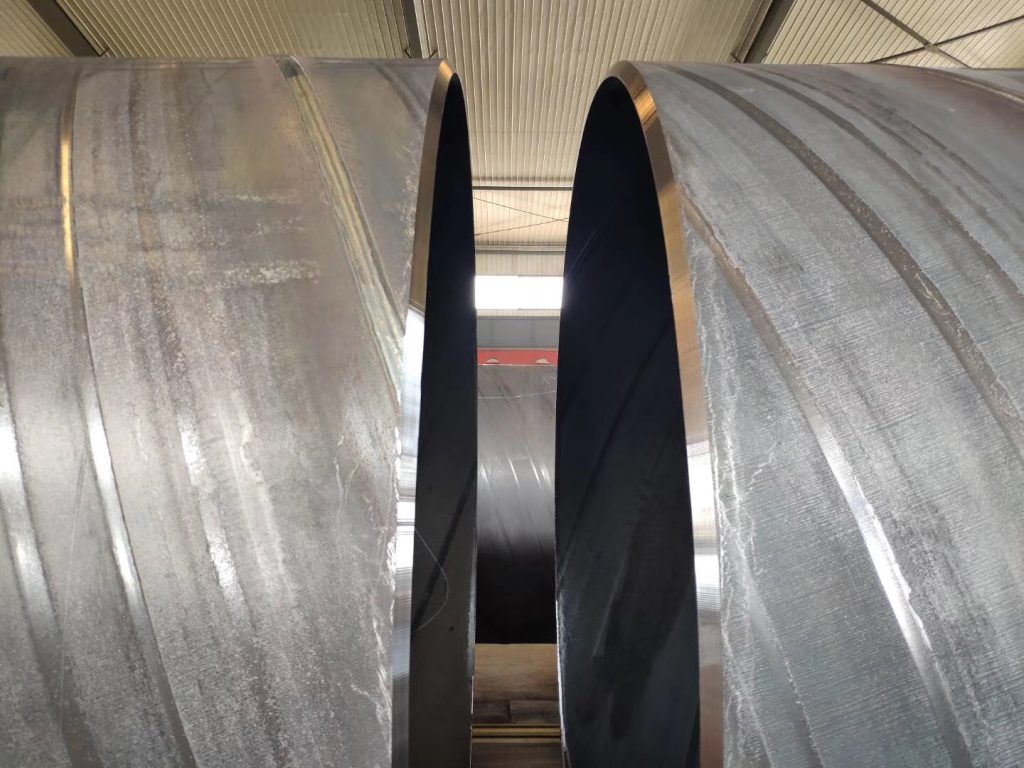Heating temperature of thick-walled spiral steel pipe with critical zone quenching
Sub-temperature quenching, that is, incomplete quenching of thick-walled spiral steel pipes, or critical zone quenching and two-phase zone heating quenching, refers to the steel parts being heated and kept warm and thoroughly burned between their critical points Ac1 ~ Ac3 (Accm). A heat treatment process that obtains a dual-phase structure of martensite and ferrite by cooling.
1) As the quenching heating temperature of the thick-walled spiral steel pipe increases in the critical zone, the percentage of martensite increases, the hardness of the steel increases, the plasticity increases, and the impact toughness changes greatly;
2) When dispersed acicular ferrite is obtained after secondary quenching, the impact toughness of thick-walled spiral steel pipes is the best;
3) The heat treatment process before sub-temperature quenching is preferably complete quenching to obtain a non-equilibrium structure. This can ensure that dispersed acicular ferrite is obtained after sub-temperature quenching. If normalizing or annealing is used instead of complete After quenching, the ferrite becomes a coarse block and cannot achieve the effect of strengthening and toughening.


